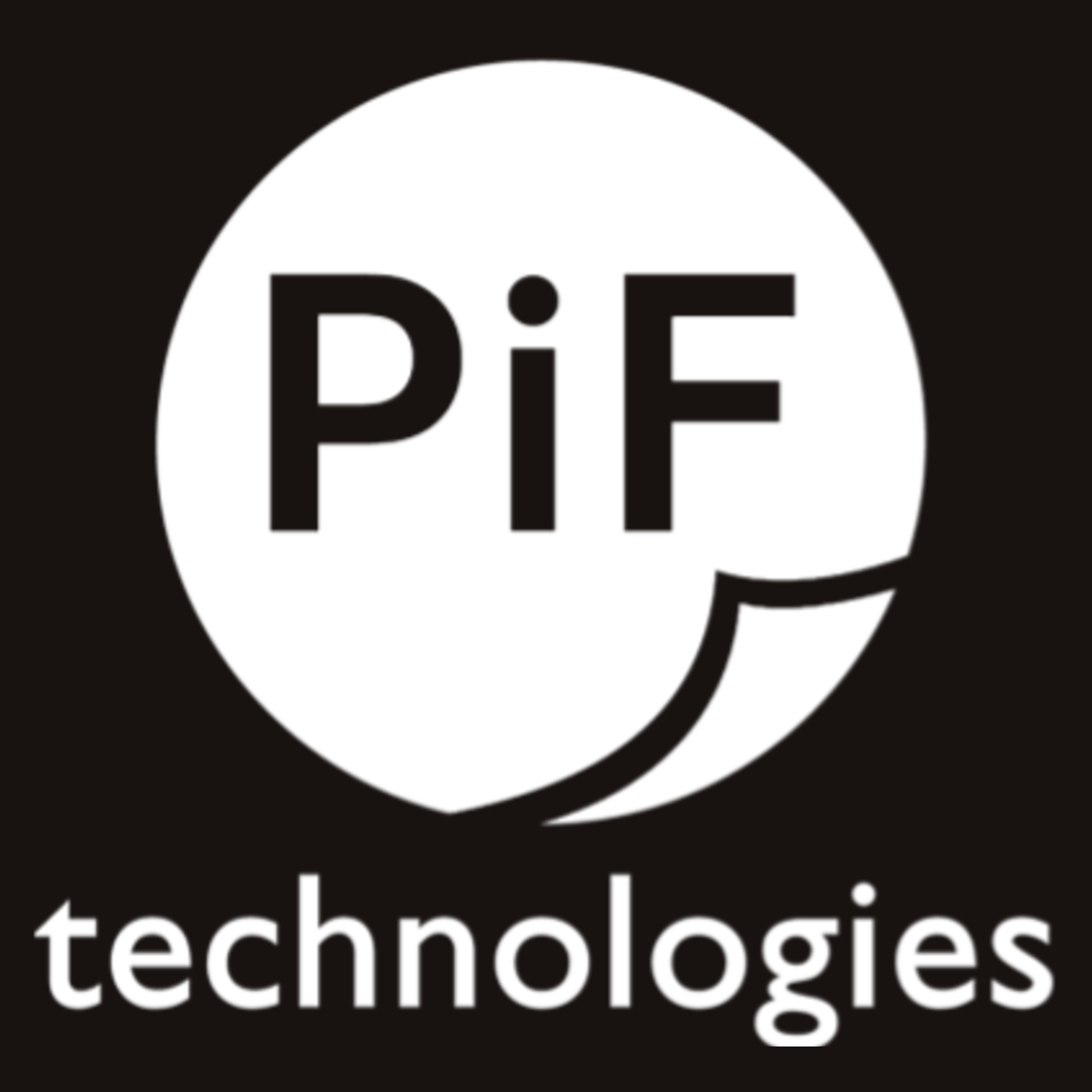What is Intelligent Document Processing?
Document Capture has evolved significantly in recent years. The most exciting developments in this field have been using Machine Learning and Artificial Intelligence to classify and extract data from documents. Intelligent Document Processing (IDP) is an emerging technology that combines Optical Character Recognition (OCR) and Intelligent Character Recognition/Handwriting (ICR) with advanced technologies like natural language processing to automate the extraction, understanding, and processing of data from documents. Specifically, it sources data from the Microsoft, Amazon Web Services, and Google Clouds.
Intelligent Document Processing mimics the comprehension of a data processing employee to recognize, scan, and categorize documents. Once the data is categorized, relevant information for your organization or process is extracted from the digital document. This is facilitated through cognitive AI technologies like LLM (large language models) and neural transformers that can pinpoint specific data points within the document. Finally, IDP organizes the extracted data and presents it in a readily accessible format for routing, review, and approval within their ERP (Enterprise Resource Planning) or applicable line of business system.
Intelligent Document Processing brings automation and intelligence to document handling, allowing organizations to streamline operations, reduce errors, and improve efficiency in dealing with diverse document types and data formats. For organizations dealing with substantial amounts of structured, semi-structured, or unstructured data, adopting Intelligent Document Processing can enhance their business process management. Not only is IDP a natural evolutionary step for organizations currently utilizing more legacy technology such as OCR, but it’s also a great way to begin capturing documents for organizations or specific business units that have never used capture technology before.
What is the value of Intelligent Document Processing?
Eliminates challenges to scanning and indexing
Organizations commonly receive documents via email, and some need to be manually scanned and indexed into their document management system. Regardless of how documents arrive, there is a still a need to organize, index, and route them. Several challenges within this workflow can either significantly slow down operations or, at worst, pose a risk. When documents come in multiple formats, maintaining the quality of the original document and ensuring the correct information is extracted, either by hand or via Optical Character Recognition, is a step employees need to consider, which may prolong the process.
Improved Efficiency
When the need for manual data entry and human intervention is eliminated, processes can be completed far more efficiently. Intelligent Document Processing automatically extracts relevant information from selected documents and can improve document-centric processes by routing them directly to the individuals or departments that need to review them. Because the manual data entry piece is eliminated, and workflow bottlenecks are reduced, processes can be completed faster and without error.
Continuous Improvement
IDP systems, specifically, the KODAK Info Input Solution, rely on AI engines powered by Google, Microsoft, and Amazon to continually improve over time. As more documents are processed globally, the system learns what to expect from documents from various sources and in every possible format. By continuously learning from past document processing experiences, these systems can become more accurate and efficient over time, further enhancing productivity.
Scalability
Intelligent Document Processing doesn’t exist in a vacuum, meaning the solution can be rolled out across an entire organization. The solution can easily scale to handle large volumes of documents, meaning that as your business grows, so does the solution. Efficiency remains without the need to invest in more personnel or additional resources.
What are specific processes that can benefit from Intelligent Document Processing?
Accounts Payable
Invoices arrive in multiple file types, and various formatting styles, and accounting teams often struggle to process invoices by hand in a reasonable timeframe. This leads to errors, delayed payments, and inaccurate financials. Intelligent Document Processing can automate extracting relevant information from invoices and accelerate the approval and payment process. It can also assist in expense management, capturing and processing receipts and expense reports automatically.
Human Resources
IDP can eliminate the need to review each resume or application manually for organizations that receive a high volume of job applicants. It can capture and process common HR documents and route them accordingly.
Healthcare and Legal Records Management
In the healthcare and legal space, organizations are inundated with paper. Medical records and legal documentation are both pieces that produce excessive paper and data that require extraction and organization. Intelligent Document Processing can digitize and extract information from medical records, improving the accessibility and organization of patient information.
Supply Chain Documentation
In organizations with sophisticated supply chain operations, such as Manufacturers and Distributors, Intelligent Document Processing can help automate the processing of shipping documents and receipts. It improves the visibility and traceability of goods in the supply chain by capturing and routing relevant data from shipping documents, invoices, bills of lading, and more.
How can you implement Intelligent Document Processing?
The need to automate has become increasingly apparent, and organizations recognize the need to invest in solutions that simplify their day-to-day processes. This evolution can’t be done in a vacuum. Selecting a solution isn’t straightforward, and recognizing your organizational needs is the first step toward true automation.
Step One: Pick the Right Artificial Intelligence/Machine Learning Engine
A successful implementation of an Intelligent Document Processing solution begins with identifying an Artificial Intelligence/Machine Learning Engine, which could best be understood as the “heart” of the solution. The expansion of large hypervisors in the marketplace means that there are multiple choices for organizations to pick from. Hypervisors, also known as virtual machine monitors or virtualizers, are a type of computer software, firmware, or hardware that creates and runs virtual machines. There are multiple options when looking into such providers, whether it be consumer tech giants such as Azure, AWS, and Google or industry leaders such as ABBYY and Kofax.
They each have their benefits and capabilities, and they can vary widely. The best engines utilize crowd-sourced knowledge bases and models to support common document types and use cases. Azure and Google have expanded upon this approach, adding contextual classification that supports the ability to review large batches of documents and parse them into logical document types. Despite the significant advancements in this space, there are still challenges within use cases that require additional modeling beyond the scope and scale of the capabilities of pre-built models.
Step Two: Find the Right Commercial Model
When investing in a solution, understanding the cost model and pricing structure is an important next step; how your organization plans to utilize the solution can influence which pricing model best aligns with these use cases. Many of these engines work in a consumption model, a pricing model designed to allow users to pay for services based on their use. They charge per page, though some products exist to support “attachments,” where these attachments are not counted as pages and don’t incur the charge. Some of these engines may also require the purchase of concurrent or named user licenses, charges for processes such as end users capturing, data verifying results, or instances where a capture process needs to monitor an email or hot folder. Though incredibly uncommon, some products come with unlimited pages built in, which in high-volume instances can prove to be advantageous.
Step Three: Pick an IDP Platform That Works with The Engine
Intelligent Document Processing is the “body” of the entire operation, using the engine’s power to execute successfully. All hypervisor engines at their core are Software Development Kits (SDK) or Application Programming Interfaces (API). This means they have a limited capture interface to push large amounts of documents, they also struggle to provide a User Interface (UI) that end users can validate, change, or manipulate documents. Legacy products like Kofax and ABBYY and new industry players like Rossum, Invofox, and other Document Artificial Intelligence startups typically come with a built-in UI, but at a significant cost.
Step Four: Pick a Technology Partner for Professional Services
The IDP subject is complicated and changes almost monthly with the advent and growth of ML/ and AI technologies. Your partner must understand the IDP industry and have practical use-case experience implementing IDP, ideally across several different verticals. PiF Technologies understands organizations’ unique needs across industries and how to successfully implement an IDP solution from start to finish. We can explain the process and help you build realistic use cases. Complete the form below, and we’ll reach out to start a conversation.







